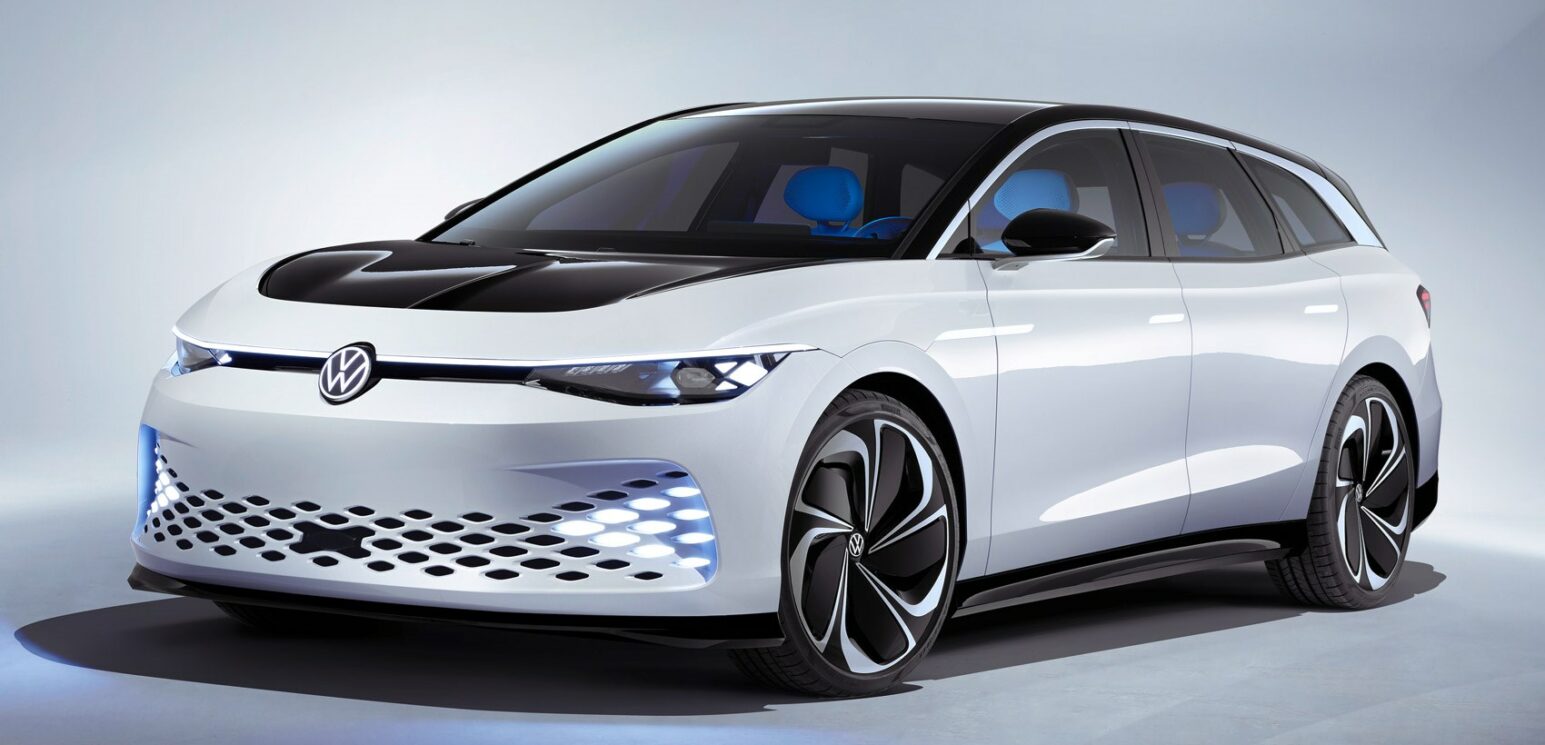Electric vehicles (EVs) have been around a long time now. Just in the modern era, Tesla has been making them since 2003. But the price differential, coupled with range anxiety and access to charging, have made them a tricky proposition for most car buyers. But with gasoline having just topped $5 a gallon on average, the payback period for these pricey alternatives is finally starting to come into clear view.
In the preceding 19 years, I have frequently crafted cost comparisons for my students to show just how long it would take to break even on an EV. Sure, there have been some hefty tax incentives through the years, including until recently, but those are starting to dry up. When gas was $2 a gallon, you would have to drive many thousands of miles to even come close, unless you just had it in your heart that this was the right thing to do.
Putting It On ICE
And never mind just buying a new car for the hell of it. You have to actually need any new car, EV or ICE (Internal Combustion Engine), because in many cases, it is cheaper to keep driving–and repairing–the old ride before buying a new one.
Today, though, we see EV makers fighting intensely for market share and global dominance of what is admittedly a very small market (only 1% in US, 11% in China, with Europe in between). Volkswagen is now poised to top Tesla at the global level, while both mainstream brands and regional startups are forging ahead with their own entrants.

Time For Some Math
We are now left to do some math to see if buying an EV–and only if you need a new vehicle–is a worthy pursuit. For the sake of analysis, let’s peg gas at $5, and with the average American driving 14,200 miles a year and EVs getting–conservatively–3 miles per kWh charge, we can get to work. Furthermore, electricity averages 14 cents per kWh. A spreadsheet could come in handy, but your phone’s calculator will work, along with paper and pencil. Of course, YMMV, so take this with a grain of mathematical salt.
The average American would thus drives 1183 miles per month, which would cost $55 a month for electricity. If we assume the alternative is an ICE car getting 25mpg, then gasoline would cost $236.60 per month. You thus save $181.60 per month with the EV, or $2179.20 per year.
But wait. We need to factor in that, on average, EVs cost $10,000 more than a standard car. In this model, it would take 55 months (4.59 years) or 61,161 miles to break even.
If gas were to jump to $6 a gallon, as some analysts have predicted, the numbers change considerably. Suddenly the EV owner saves $227 a month ($282 gas – $55 electricity). The payback period is now 44 months, or only 52,052 miles.
Assumptions
Of course, these analyses assume that gas prices stay high, but we never know. OPEC could flood the market, the Russian war with Ukraine could end, and President Biden could incentivize drilling and constructing more pipelines. Good luck with all that, but it could happen. On the other hand, people who bought gas guzzlers a few years ago never dreamed they would have to endure $5 a gallon, much less $6.
All this aside, gas prices have dropped in the last month, and in some parts of the country, the dip has been about $1 a gallon. This makes the payback period of an EV once again become long.
Meanwhile, we are left watching the global theatre of EV production, and companies are doubling down that these are the cars of the future, presidential hopes and wishes not withstanding. If wishes were EVs, then everyone would drive one. We have a way to go, but we are now closer than we ever were before.
Just remember to keep your eyes peeled for charging stations. You might need one.
Dr “Charge Of The EV Brigade“ Gerlich


